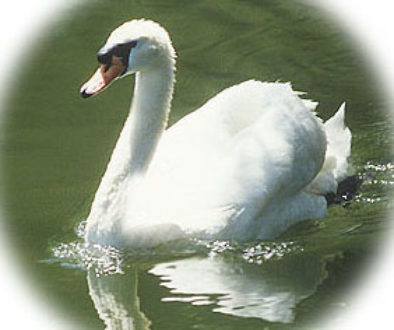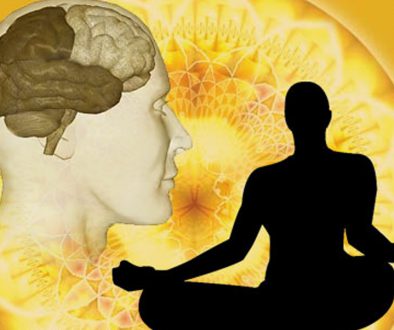What is Yoga Therapy ?
Yoga is both the goal as well as the means to achieve a state of perfect harmony. Yoga is a state of complete absorption, union (Yoga stithi) with absolute Reality i.e., Universal Consciousness. The word Yoga comes from the Sanskrit root word ‘Yuj’ which means integration, or a meeting with the true Self. Yoga is also an art of living and a systematic process to reach the state of Moksha, endowed with perfect silence, knowledge and bliss.
The world that we perceive and experience (around and within us) is one reflected by our own minds. If that ‘mirror’ is covered with dust or dirt (of ignorance, wrong values in from of vasana, and sasaskara) the reflection from it is distorted. However if one cleanses and polishes the mirror of the mind, it reflects the Reality, the true nature of Self, which is God. This cleansing is accomplished by the practice of yogic disciplines and austerities, which includes the control of the senses and the various forms of meditations. Yoga is to purify, control (nirodhah) and slowdown (prashmanah) the mind and its modifications (vruttis) by skill and knowledge.
Indian tradition offers different disciplines to arrive at this state of absolute freedom according to different predispositions, temperaments (gunas) and abilities of people. One can reach Moksha by psychic control (Raja yoga), by intellectual analysis (Jiana yoga), by surrender and devotion (Bhakti yoga), by selfless service (Karma yoga), or by combination of all.
The theoretical basis and techniques of yoga have been described in ancient Yoga texts. These observations were based on the actual experiences of the ancient sages, who studied what was taking place within them. Around 900 BC the Sage Patanjali, compiled the principles of yoga in the form of yoga aphorisms (yoga-sutras) and offered an eight fold path of practices called Ashtanga Yoga. The Ashtanga yoga has eight limbs: yama (restraints), niyama (observances of discipline), asanās (postures), pranayama (regulation of breathing) pratyahara (withdrawal of senses), dharana (focusing), dhyana (meditation) and samadhi (a state complete absorption).
While moving along this path one gets benefits such as good physical health, a peaceful mind, balanced emotions and in consequence harmonious relations with others and greater efficiency in action. Hence the popularity and awareness about yoga is growing. Today yoga is practiced as Yog-chikitsa or Yoga Therapy.
Yoga therapy is of modern coinage and represents a first effort to integrate traditional yogic concepts and techniques with modern medical and psychological knowledge. Whereas traditional Yoga is primarily concerned with personal transcendence on the part of a “normal” or healthy individual, Yoga therapy aims at the holistic treatment of various kinds of psychological or somatic dysfunctions ranging from back problems to emotional distress. Yoga therapy is that facet of the ancient science of Yoga that focuses on health and wellness at all levels of the person: physical, psychological, and spiritual. Yoga therapy focuses on the path of Yoga as a healing journey that brings balance to the body and mind through an experiential understanding of the primary intention of Yoga: awakening of Self, our essential nature.



